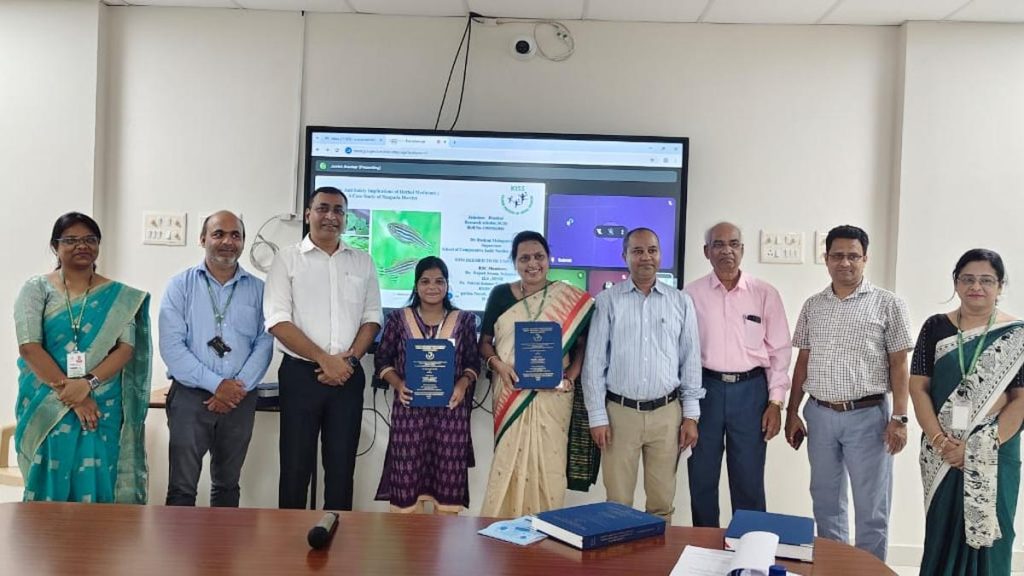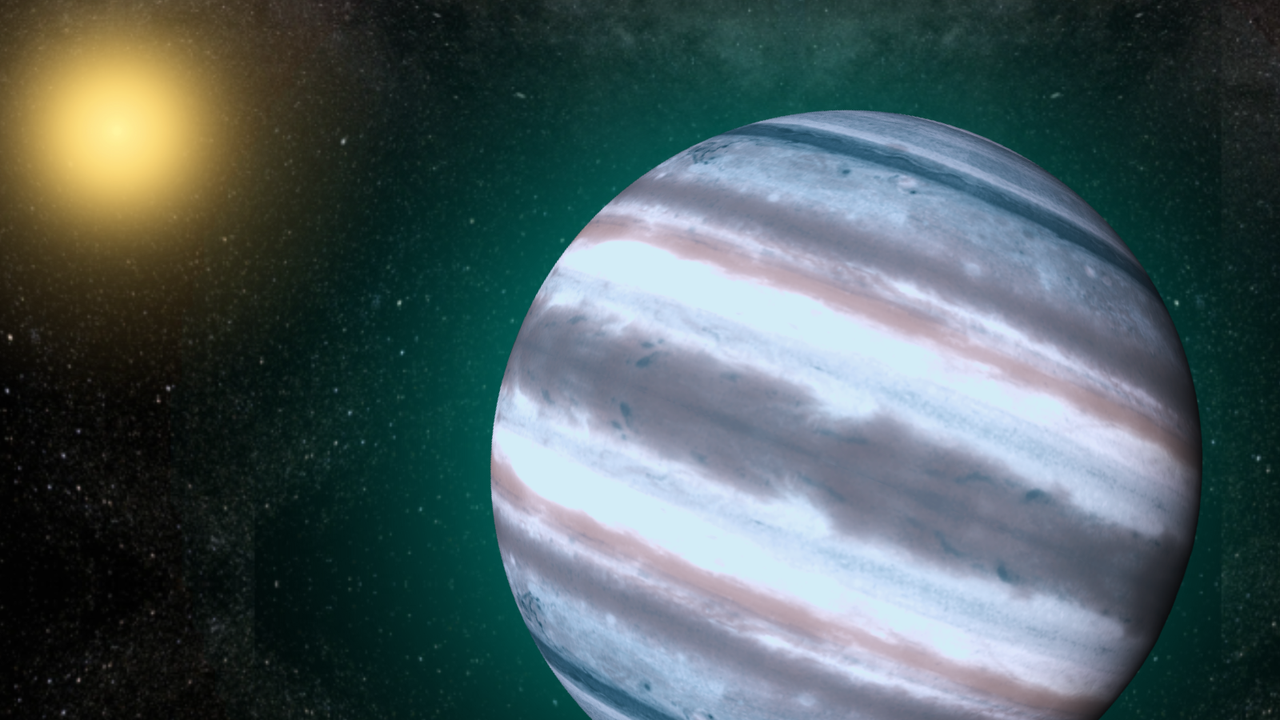Now Reading: Astronomers Uncover Rare ‘Runaway’ Dwarf Galaxy with a Turbulent History
-
01
Astronomers Uncover Rare ‘Runaway’ Dwarf Galaxy with a Turbulent History
Astronomers Uncover Rare ‘Runaway’ Dwarf Galaxy with a Turbulent History

Quick Summary:
- Astronomers have discovered a rare “runaway” dwarf galaxy named SDSS J011754.86+095819.0 (dE01+09), isolated in deep space.
- The galaxy is believed to have been expelled from the NGC 524 group, located in the constellation Pisces, around 3.5 billion years ago due to gravitational interactions.
- dE01+09 stopped forming stars approximately 8.3 billion years ago after being stripped of gas during its time in the galactic group via a process called “quenching.”
- Machine learning analysis of imaging data from various surveys identified this galaxy as an isolate with no significant neighbors within about 2.3 million light-years.
- The radial velocity of dE01+09 aligns closely with galaxies in the NGC 524 group, further linking it historically to that cluster.
- Dramatically ejected galaxies like dE01+09 are rare and highlight unique pathways of galactic evolution outside typical interactions such as merging or capture.
- Further studies aim to identify more runaway dwarf galaxies, providing deeper insights into their life cycles and prevalence.
Image credit: Paudel et al./DESI Legacy Imaging Surveys
!Runaway galaxy
!Galaxy deep-space image
Indian Opinion Analysis:
The finding of runaway dwarf galaxy dE01+09 is significant for advancing our understanding of galactic history and dynamics beyond standard models like mergers or captures.For India, whose growing interest in astrophysics includes contributions from institutions like ISRO and research universities, findings such as these can bolster scientific collaboration with global counterparts studying cosmic phenomena.
India’s space exploration community might view this breakthrough as an encouragement to integrate machine learning capabilities into observational astronomy-mirroring practices demonstrated here-while enhancing domestic satellite technologies for universe mapping purposes akin to international missions conducting wide-field imaging surveys today.Such discoveries reinforce humanity’s quest for comprehending cosmic origins at granular levels which India’s ongoing investment into STEM education and R&D can meaningfully address by nurturing astronomers equipped with tools capable not just of exploration but analytical discernment required when characterizing analog anomalies possibly localising comparative relevance across observed trends Read More: Link




























